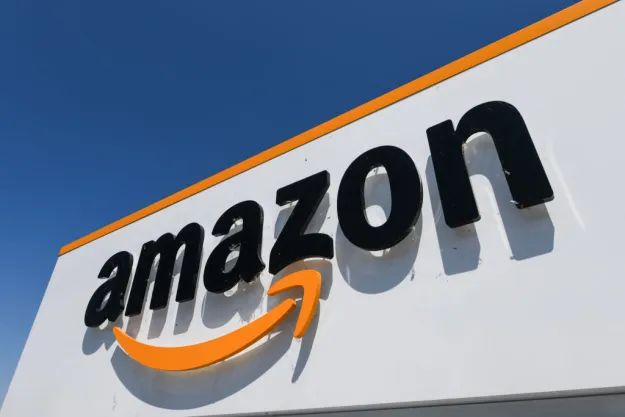
While sellers might otherwise be concerned about their margins as a result of these discounts, Amazon is said to be eating the cost difference itself. That means that when you see a new “Discount provided by Amazon” tag, you’ll know that your percent off is all thanks to the digital giant. And already, these price differences have begun to result in increased sales. As the Wall Street Journal reported, a Boots No7 Instant Illusion Wrinkle Filler sold by kn9ght was discounted 6 percent to $20, which means you can now buy the beauty product from Amazon for the same price as you could from Ulta Beauty. Similarly, Amazon marked down a Risk Legacy board game sold by VirVentures by the same margin, to $43.92, which makes it three cents cheaper than it is at Walmart.
The discounts are considered to be special offers, which means they don’t last for more than a few days, and they are valid on items that use Amazon’s in-house fulfillment option. Sellers have noted that they haven’t been notified when Amazon decides to discount their products, but as they still receive the same amount of money, it likely doesn’t really matter.
While this is obviously good news for customers, the Journal notes that Amazon’s decision might negatively affect Amazon’s already tenuous relationship with large brands and manufacturers. And while sellers may not be receiving a smaller check as a result of the discounts, they could end up with less inventory than expected. Plus, the Journal notes, lower prices might “inadvertently violate a merchant’s agreement with a brand to keep its products at or above a set minimum advertised price.”
An Amazon spokeswoman noted that sellers can actually opt out of the discount program, which could address some concerns. But still, it’s unclear how the larger seller community might react to the change. In the meantime, however, you can take advantage of lower prices.
Editors' Recommendations
- Amazon to pay customers up to $1,000 in damages for defective items
- Amazon reportedly mulled another kind of brick-and-mortar store
- Amazon third-party sellers raked in over $3.5 billion on Prime Day 2020
- Bezos doesn’t deny Amazon used third-party seller data
- California, Washington probing how Amazon treats 3rd-party sellers, report says


